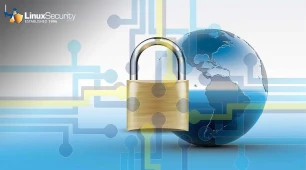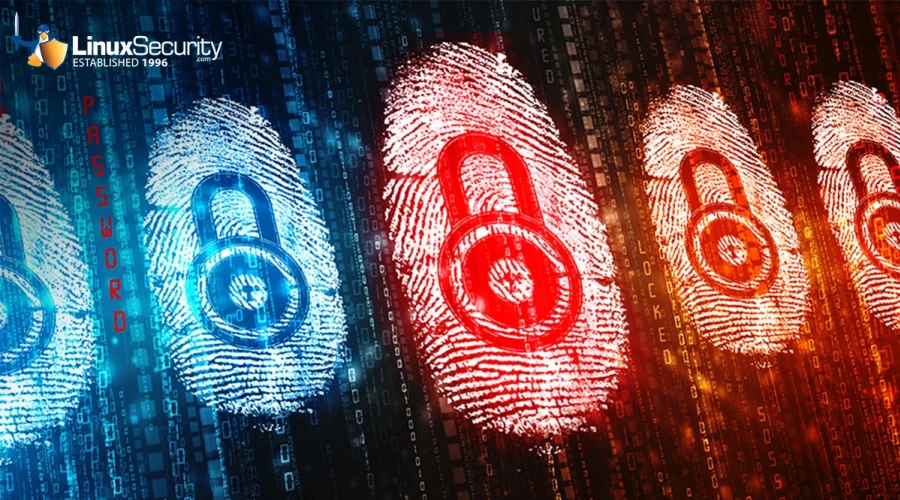
As malware continues to evolve, it poses an ever-increasing threat to computing environments of all kinds - Linux systems included. While many may assume Linux is safe due to its robust built-in security features, such a mistaken assumption may open doors for exploitation.
Malware such as viruses, trojans, ransomware botnets, keyloggers, worms, and rootkits pose considerable threats, including data breach risks and potential operational disruption to organizations of any size. Thus, admins must remain vigilant, as even one infection could wreak havoc upon an organization's operations integrity, disrupting service delivery to customers or clients.
Linux may seem secure at first glance; however, its inherent security can still be vulnerable. Unpatched software or improper configuration can expose systems to attacks like cryptojacking, where attackers use your resources for cryptocurrency mining without your knowledge, or DDoS attacks that severely disrupt operations. As a result of these vulnerabilities and risks, malware scanners such as ClamAV, Chkrootkit, or RKHunter help ensure a more secure operating environment by providing system administrators the means necessary for malware detection and mitigation so they can maintain stable and secure operating environments. In this article, we investigate practical tools for scanning Linux environments for malware, helping you develop reliable defense mechanisms against an ever-evolving threat landscape.
Linux Malware Presents an Increasing Risk for Admins & Organizations
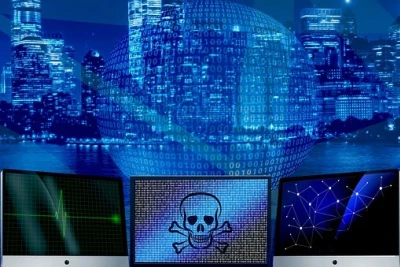
Though Linux has historically been known as a highly secure operating system, Linux malware has seen an alarming uptick over recent years, raising significant concern among system administrators. Malware attacks targeting Linux systems have increased in both frequency and complexity. Backdoors and new malware families highlight the growing and evolving Linux malware threat. This trend presents Linux admins with an immense challenge. They must stay vigilant against such complex and dangerous attacks while protecting their systems against newer and more dangerous threats that constantly emerge. Malware scanning is now essential for detecting and mitigating malware attacks before they cause extensive damage. Let's examine some excellent tools Linux admins can use for malware detection and elimination.
Essential Tools for Scanning Linux Systems for Malware
Admins and organizations need specialized malware scanning tools to mitigate Linux security risks effectively. ClamAV, for instance, is an open-source antivirus engine that detects various forms of malware. Its capabilities cover files, emails, and directories, providing system administrators with the flexibility they require in securing different environments. Its regularly updated virus database ensures maximum protection from newer threats.
Chkrootkit is an invaluable tool for detecting rootkits—malware that embeds itself deeply within system processes to evade detection—by scanning for known signatures on system processes. It helps administrators quickly spot potential compromises that otherwise go undetected. Furthermore, its lightweight architecture and simple deployment make Chkrootkit an essential component of any Linux security toolkit.
The Role of RKHunter in Vulnerability Assessment
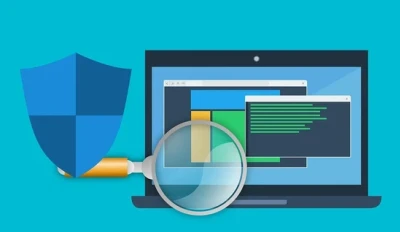 RKHunter enhances Linux systems' malware defenses with an integrative vulnerability assessment solution, offering comprehensive rootkit detection, system configuration evaluation, weak password scanning, and suspicious file change detection capabilities. It is invaluable in protecting systems by identifying and addressing vulnerabilities early before attackers can exploit them. It regularly executes to detect any possible malicious activities, helping uphold a robust security posture by effectively addressing vulnerabilities before outside forces can exploit them.
RKHunter enhances Linux systems' malware defenses with an integrative vulnerability assessment solution, offering comprehensive rootkit detection, system configuration evaluation, weak password scanning, and suspicious file change detection capabilities. It is invaluable in protecting systems by identifying and addressing vulnerabilities early before attackers can exploit them. It regularly executes to detect any possible malicious activities, helping uphold a robust security posture by effectively addressing vulnerabilities before outside forces can exploit them.
Establishing an Effective Security Framework
Implementing tools such as ClamAV, Chkrootkit, and RKHunter into any security framework is integral. Regular scanning using these solutions can significantly lower the risk of malware infections, freeing organizations to focus on core operations without worrying about cyberattacks. However, these tools alone do not serve as sufficient defense.
A comprehensive security strategy must incorporate user education, regular software updates, and best practices for secure system configuration to provide extensive protection from emerging threats. Let's examine some of these best practices in more detail.
Best Practices for Protecting Against Linux Malware
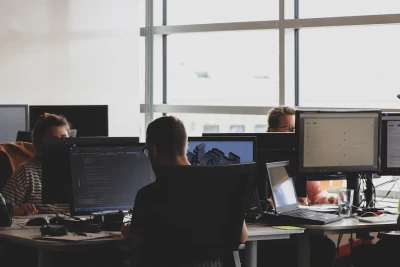 Training users on safe computing practices is vital in protecting Linux systems against malware. Making them aware of common dangers like phishing attacks or social engineering tactics empowers users to identify and avoid potential dangers. Additionally, implementing strict access control policies and creating strong password policies strengthen system defenses further.
Training users on safe computing practices is vital in protecting Linux systems against malware. Making them aware of common dangers like phishing attacks or social engineering tactics empowers users to identify and avoid potential dangers. Additionally, implementing strict access control policies and creating strong password policies strengthen system defenses further.
Regular software updates are also integral to maintaining robust security. By keeping all components current with updates, known vulnerabilities will be patched immediately, decreasing risk. Administrators should conduct routine audits to confirm that security measures are working properly and meet industry standards.
Our Final Thoughts on Malware Scanning & Its Importance
The increasing prevalence of malware in Linux environments underscores the necessity of employing effective malware scanning mechanisms. As sophisticated threats like cryptojacking and DDoS attacks advance and new attacks emerge, organizations cannot overlook the importance of strong security measures. By including robust tools like ClamAV, Chkrootkit, and RKHunter in their security strategies, system administrators can significantly improve their defenses against potential infections.
Staying abreast of new threats and adapting security protocols are integral to maintaining Linux systems' integrity and security. An inclusive approach encompassing user education, software updates, and vigilant monitoring will ensure your systems can withstand emerging cyberattacks and threats. Organizations can protect critical assets while upholding operational continuity amid an ever-more hostile digital landscape by prioritizing security first and maintaining operational continuity over time.













